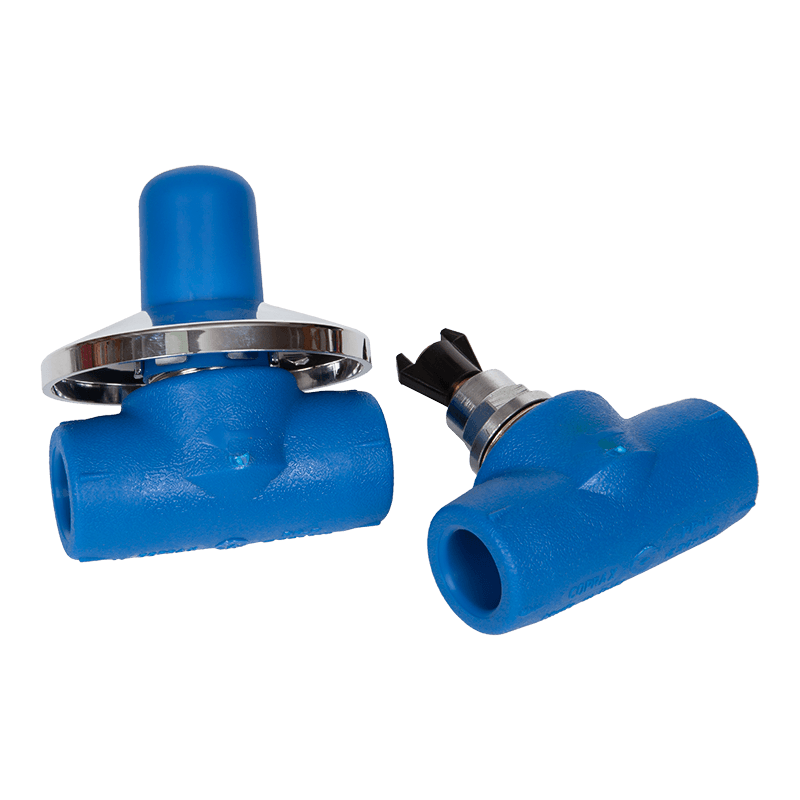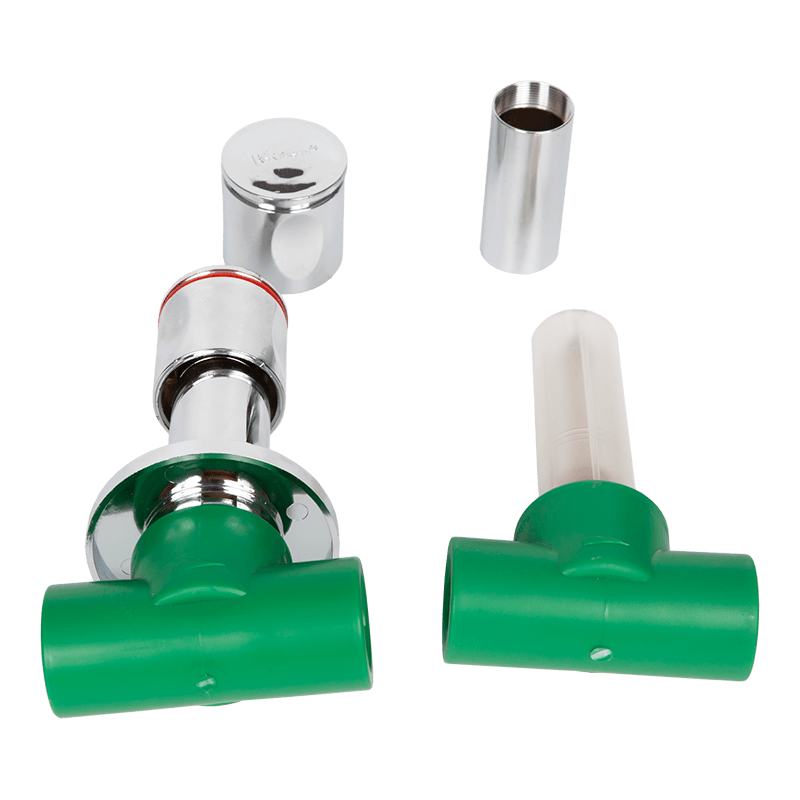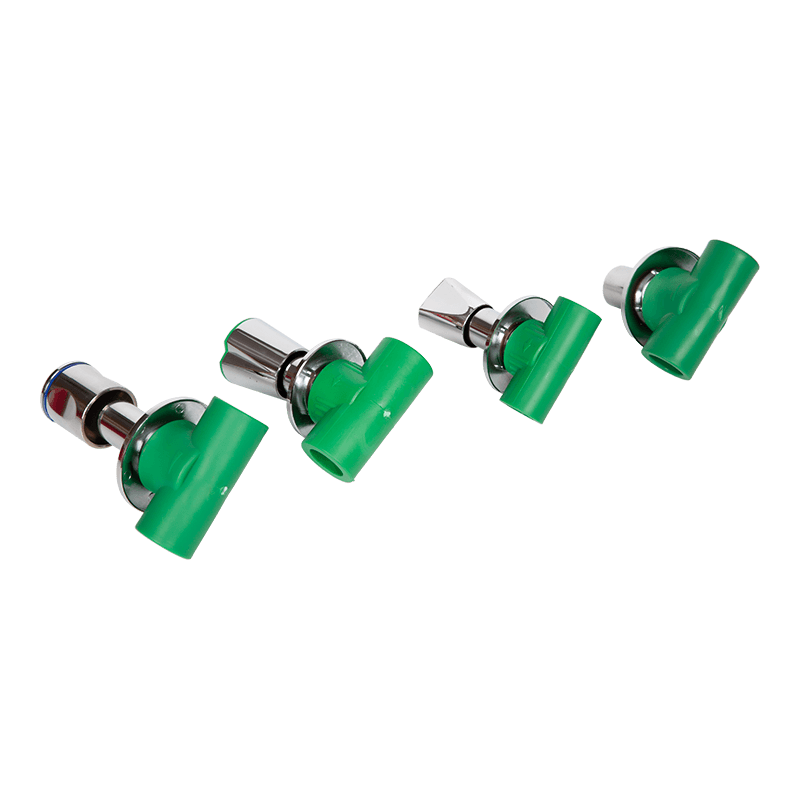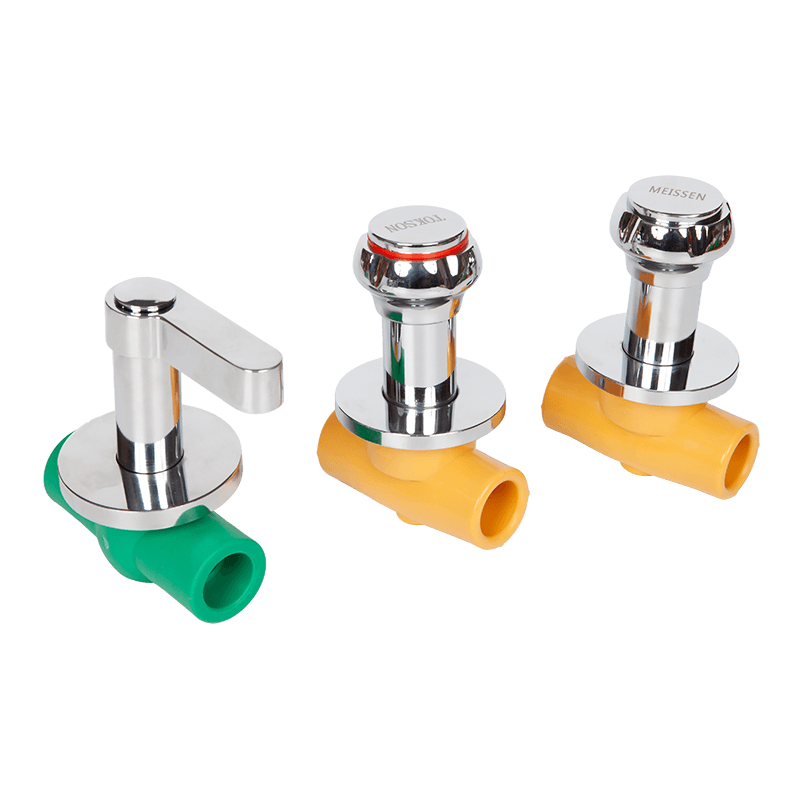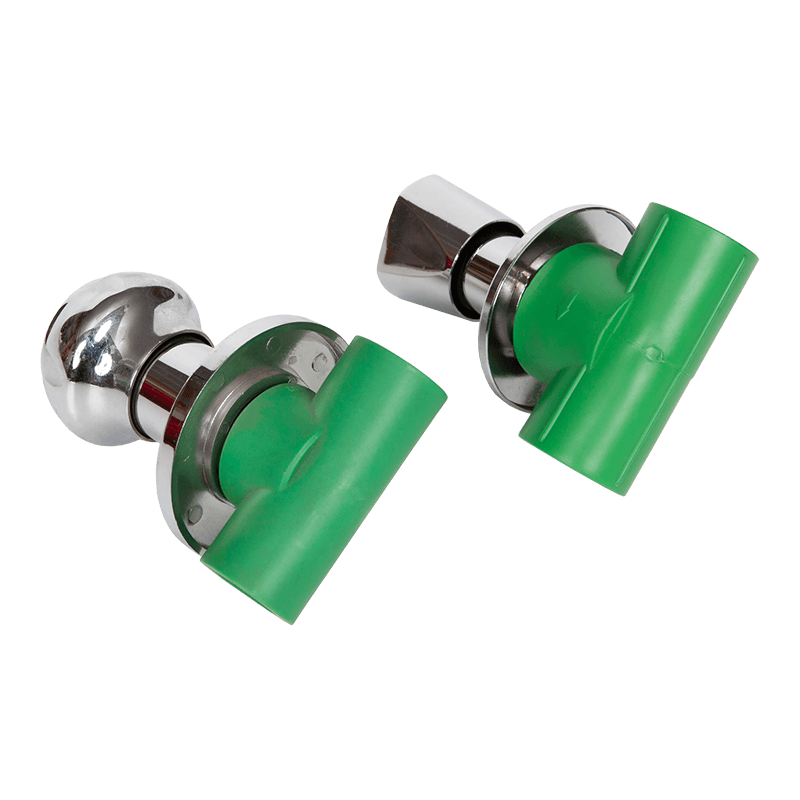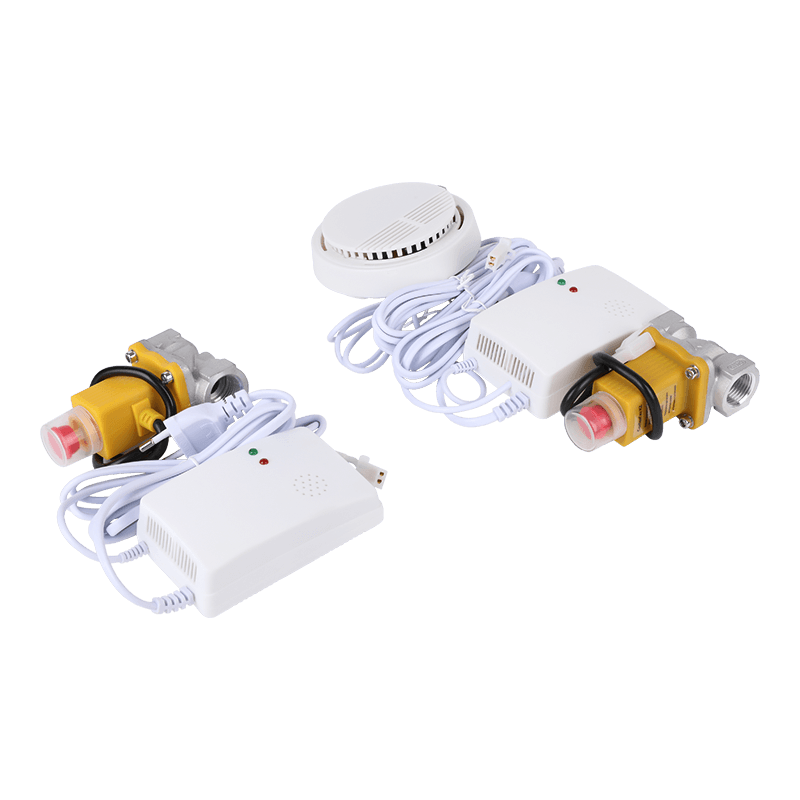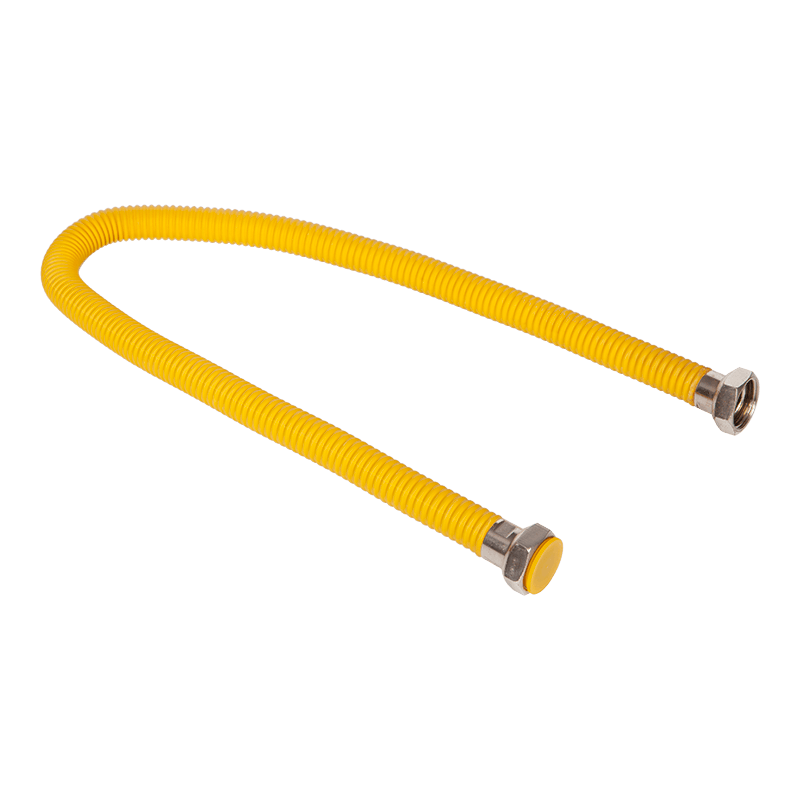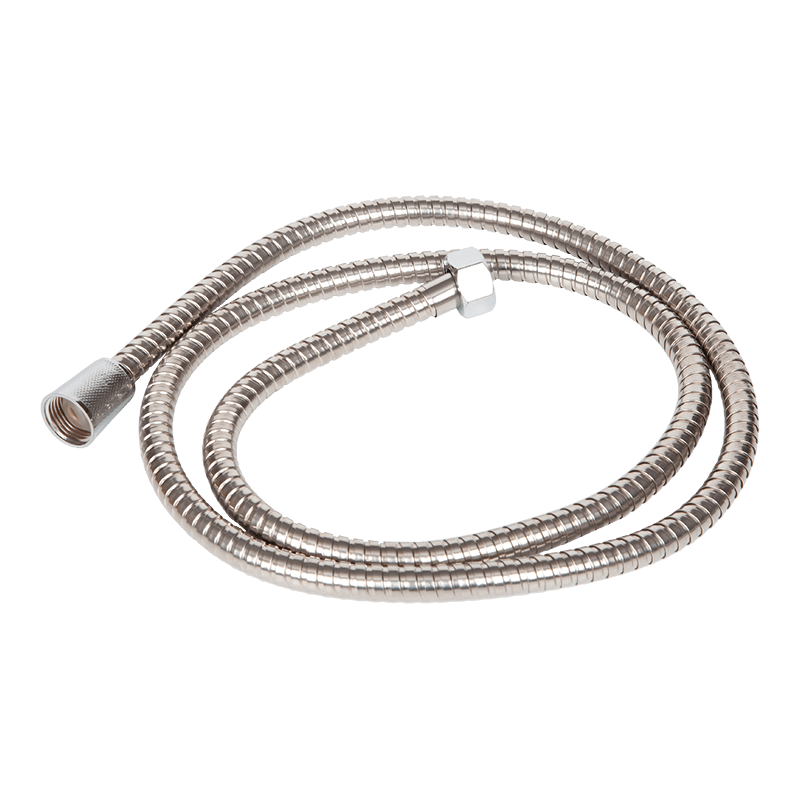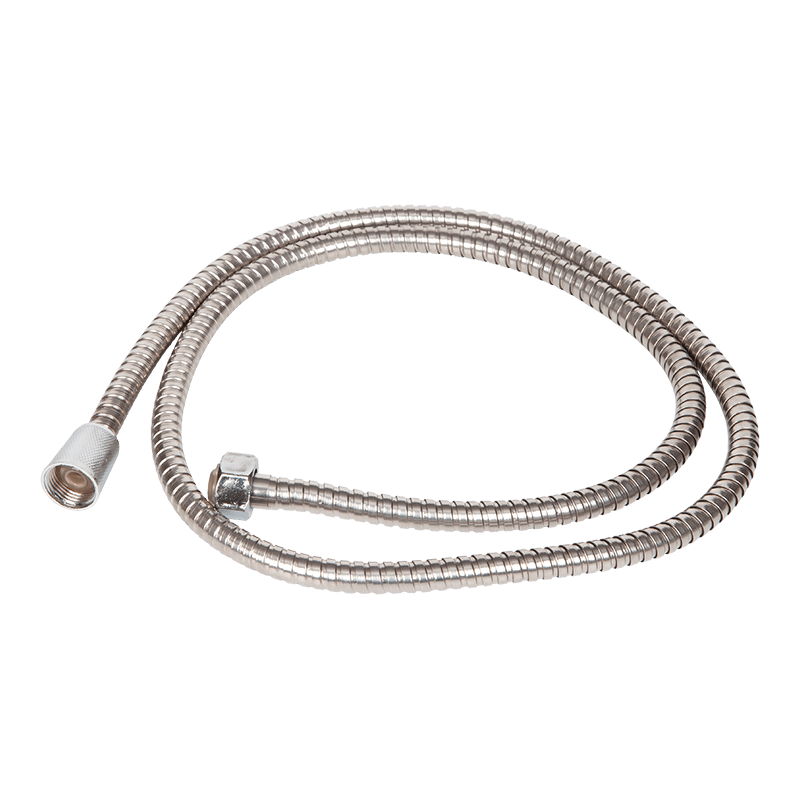Preparation and inspection before construction
Before installing PPR pipe fittings, adequate preparation is an important prerequisite for ensuring the quality of installation. The construction unit should verify whether the model, specification and quantity of the pipe fittings are consistent with the design requirements according to the design drawings and construction specifications, and check whether there are defects such as cracks, scratches or deformation on the surface of the pipe fittings. Before construction, necessary construction tools such as hot melt machines, cutters, measuring tools, etc. must be prepared to ensure that the tools are in good condition and can meet the construction requirements. In addition, construction personnel must have corresponding technical qualifications and be familiar with the characteristics and installation process of PPR pipe fittings, so as to effectively avoid installation problems caused by insufficient technology in subsequent operations.
Cutting and cleaning of pipes and pipe fittings
The installation of PPR pipe fittings is inseparable from the cutting and processing of pipes. When cutting, it is necessary to ensure that the pipe is cut vertically and the cut is flat and burr-free, otherwise it will cause uneven connection surface during hot melting and reduce the connection strength. After the cutting is completed, the cut needs to be deburred and cleaned to prevent impurities from entering the pipeline to affect the connection quality or cause blockage. During the cleaning process, clean cloth should be used for wiping, and avoid using solvents that are corrosive to PPR materials to avoid damaging the surface performance of the pipe.
Temperature and time control of hot melt connection
The main connection method of PPR pipe fittings is hot melt connection, and its construction quality is directly related to the overall sealing and safety of the pipeline system. When performing hot melt operation, the heating temperature and heating time must be strictly controlled. If the heating temperature is too low, the pipe will not be fully melted and it will be difficult to form a strong bond, while if the temperature is too high or the heating time is too long, it may cause the pipe to deform or shrink. Therefore, the construction personnel should adjust the temperature and operation time of the hot melt machine according to the pipe fitting specifications and construction specifications to ensure that the connection parts are fully integrated without defects.
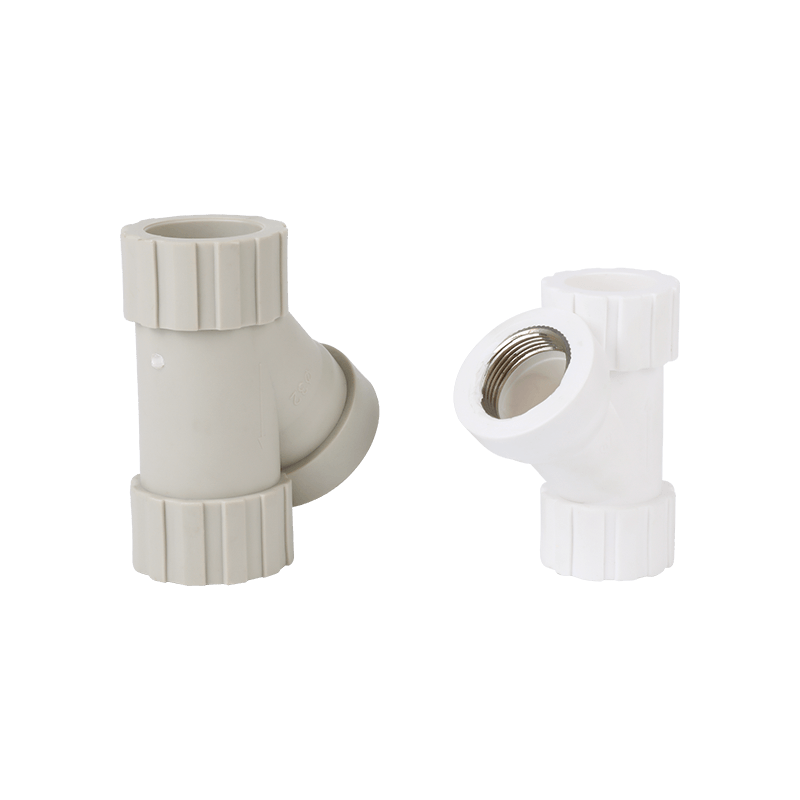
Insertion depth and docking accuracy
During hot melt connection, the depth of pipe insertion into the pipe fitting and the accuracy of docking are very critical. Insufficient insertion depth may lead to a decrease in the bearing capacity of the joint, while excessive insertion will cause blockage of the inner wall and affect the water flow capacity of the pipeline. During construction, it is necessary to use a marking tool to mark the insertion depth on the pipe to ensure that each operation meets the design requirements. At the same time, the pipe and the fitting must be kept coaxial during the connection to avoid deflection, so as to ensure the sealing performance of the interface and the stability of long-term use.
Processing in the cooling and molding stage
After completing the hot melt connection, the pipe and the fitting need to be cooled and molded in a natural state to avoid deformation of the interface caused by artificial external force. The cooling time should not be too short, otherwise the connection will not be completely formed and there will be a risk of loosening; nor should it be excessively extended to prevent low construction efficiency. During the cooling process, the interface should be kept in a stable position to avoid vibration or distortion to ensure that the formed interface is firm and reliable.
Prevent stress concentration and reserve pipes
PPR pipe fittings should avoid stress concentration during installation, especially near pipe bends, branches or fixed points. Pipe clamps and brackets should be reasonably set to prevent additional stress concentration caused by external forces or thermal expansion and contraction, resulting in cracking. At the same time, appropriate expansion and contraction space should be reserved during design and construction, especially in an environment with large temperature differences, where pipes will have obvious thermal expansion and contraction. If there is no reserved space, the interface may be damaged due to excessive force.
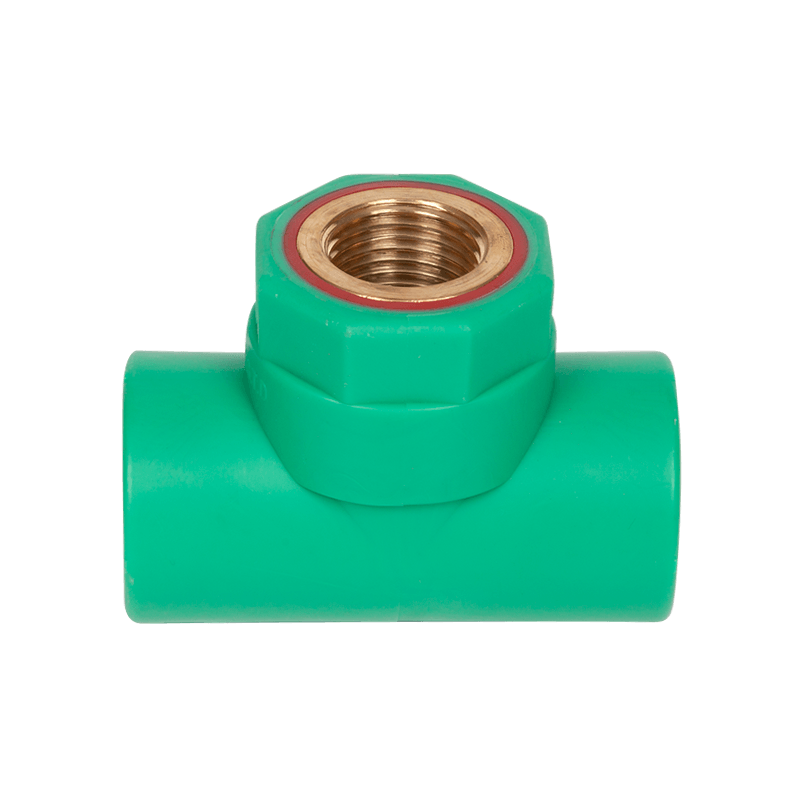
Transition and connection with other pipes
In actual projects, PPR pipe fittings often need to be connected with other pipes such as metal pipes and PVC pipes. At this time, special transition joints or flanges are required to avoid electrochemical corrosion or sealing failure due to different materials. During construction, it is necessary to select the appropriate connection method according to the characteristics of different materials, and ensure that the interface is fully sealed and fixed to reduce the risk of leakage in later operation.
Post-installation inspection and debugging
After the installation is completed, the entire pipeline system should be fully inspected, focusing on whether the interface is firm and whether there is a potential leakage. Commonly used inspection methods include water pressure test and sealing test. The installation quality is judged by injecting water into the pipeline and pressurizing it to observe whether there is leakage. If abnormalities are found, they should be reworked in time to avoid being put into use with problems. In addition, before the pipeline is put into operation, appropriate debugging should be carried out to ensure that the pipeline can operate stably under working pressure.
Construction environment and safety protection
The installation of PPR pipe fittings should be carried out in a suitable construction environment, and the construction temperature should not be too low to avoid affecting the effect of hot melt connection. At the same time, the construction site should be kept clean to prevent debris from entering the pipeline and affecting its use. Construction workers need to wear necessary protective equipment, such as insulating gloves and goggles, to reduce the risk of burns and mechanical injuries during operation. During the construction process, relevant safety operating procedures must be followed to avoid safety accidents caused by improper operation.
Common installation problems and preventive measures
During the installation of PPR pipe fittings, common problems include interface leakage caused by improper hot melt temperature control, poor interface sealing caused by uneven cutting, and deformation caused by insufficient pipe fixation. To prevent these problems, a detailed construction plan should be formulated before construction, and the specifications should be strictly followed during construction. In addition, it is recommended to conduct regular skills training for construction workers to improve their ability to grasp installation details and fundamentally reduce the occurrence of construction quality problems.
Common installation problems and solutions
| Issue Type | Cause | Solution |
|---|---|---|
| Joint Leakage | Improper control of heating temperature or time | Adjust heating parameters and reconnect |
| Pipe Inner Blockage | Excessive insertion depth or pipe deformation | Mark insertion depth and check alignment accuracy |
| Joint Deformation | External force during cooling or improper installation | Avoid applying external force during cooling |
| Pipe Deformation or Cracking | Lack of expansion allowance or stress concentration | Properly set supports and reserve expansion space |

 LANGUAGE
LANGUAGE  English
English русский
русский 中文简体
中文简体
